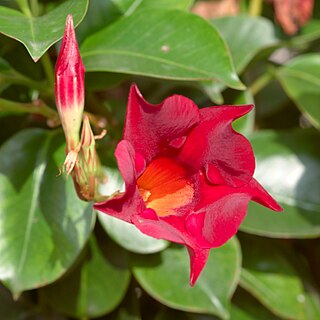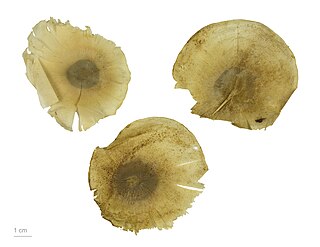
The classification of the Indigenous peoples of the Americas is based upon cultural regions, geography, and linguistics. Anthropologists have named various cultural regions, with fluid boundaries, that are generally agreed upon with some variation. These cultural regions are broadly based upon the locations of the Indigenous peoples of the Americas from early European and African contact beginning in the late 15th century. When Indigenous peoples have been forcibly removed by nation-states, they retain their original geographic classification. Some groups span multiple cultural regions.

Andrés de Santa Cruz y Calahumana was a Bolivian general and politician who served as interim president of Peru in 1827, the interim president of Peru from 1836 to 1838 and the sixth president of Bolivia from 1829 to 1839. He also served as Supreme Protector of the short-lived Peru-Bolivian Confederation from 1836 to 1839, a political entity created mainly by his personal endeavors.
Cochabamba or Quchapampa may refer to:
Tarapacá or Tara Paka may refer to:

Mandevilla is a genus of tropical and subtropical flowering vines belonging to the family Apocynaceae. It was first described as a genus in 1840. A common name is rocktrumpet.

Mabea is a plant genus of the family Euphorbiaceae first described in 1775. It is native to Central and South America as well as Mexico and Trinidad.

Pouteria is a genus of flowering trees in the gutta-percha family, Sapotaceae. The genus is widespread throughout the tropical Americas, with outlier species in Cameroon and Malesia. It includes the canistel, the mamey sapote, and the lucuma. Commonly, this genus is known as pouteria trees, or in some cases, eggfruits.
Providencia may refer to:
Arica is a city in northern Chile.

Aspidosperma is a genus of flowering plant in the family Apocynaceae, first described as a genus in 1824. It is native to South America, Central America, southern Mexico, and the West Indies.

Pitcairnia is a genus of plants in the family Bromeliaceae, subfamily Pitcairnioideae. It was named for William Pitcairn, Scottish physician and gardener (1711–1791). The genus Pitcairnia ranks as the second most prolific of the bromeliad family. They are most abundant in Colombia, Peru and Brazil, but can also be found in areas from Cuba and Mexico south to Argentina. One species, Pitcairnia feliciana, is found in tropical West Africa and is the only member of the family Bromeliaceae not native to the Americas.

Oenocarpus is a genus of pinnate-leaved palms (Arecaceae) native to Trinidad, southern Central and tropical South America. With nine species and one natural hybrid, the genus is distributed from Costa Rica and Trinidad in the north to Brazil and Bolivia in the south.
Northern Peru could refer to

Agrias amydon, the Amydon agrias or white-spotted agrias, is a butterfly of the family Nymphalidae. It is found in Mexico, Central America, and South America.
The Flag of Amazonas may refer to:

The Department of Amazonas was a department of North Peru, a constituent country of the Peru–Bolivian Confederation, which existed from 1836 to 1839. Created alongside the confederate state, its capital was Chachapoyas.
This page is based on this
Wikipedia article Text is available under the
CC BY-SA 4.0 license; additional terms may apply.
Images, videos and audio are available under their respective licenses.









